Architectural evolution: Antonin Raymond’s work on show in Prague
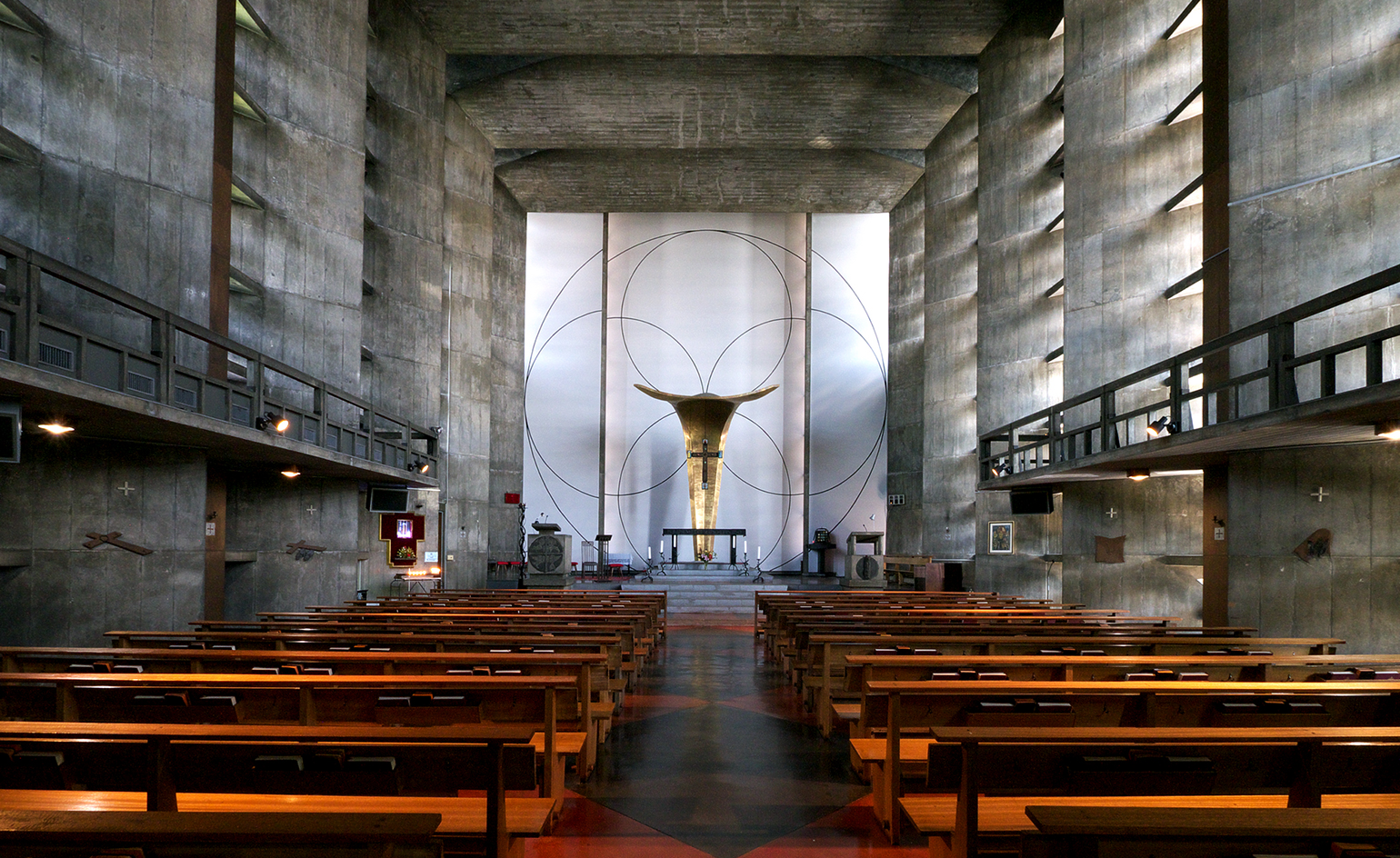
Born in Kladno, Czechoslovakia, keen traveller and architect Antonin Raymond (1888-1976) was a true citizen of the world. Having lived and worked in Europe, America and Asia throughout his long career, he is known for leaving a lasting impression on modern Japanese architecture. Exploring Raymond's exciting path through seven of his major works, 'Antonin Raymond 7x' is currently on show at the Jaroslav Frágner Gallery in Prague.
Curated by Irena Veverková and David Vávra, the exhibition in Prague is the result of research produced for a documentary series on Raymond's work for the Czech Television. Seven of his buildings, which were selected for the show, act as examples of his stylistic evolution. Works span the Art-Deco Hoshi University (1924), the Tropical Modernism of St. Joseph, the Worker Church on the Philippines (1949) and impressive Brutalist projects such as St. Anselm's Church in Tokyo (1954) or Gunma Music Center (1961).
After leaving Czechoslovakia, where he studied architecture at the Polytechnic Institute, Raymond settled in New York. Heavily influenced by the work of Frank Lloyd Wright, he began working for him as an assistant in 1916, consequently moving to Japan to oversee the design and construction of the office's famous Imperial hotel, completed in 1923.
While remaining there as Wright's chief assistant, he decided to set up his own studio in 1921. Raymond's work in Japan soon grew and his style evolved, ranging from his early prairie-style architecture (a clear Wright influence) and Le Corbusier-inspired Modernism, to more vernacular styles in the 1940s, and post-war Brutalism.
After the war Raymond cemented his reputation with several large-scale commissions. His studio also became an incubator for younger architects over the years; his staff has included Kunio Maekawa, Junzo Yoshimura and American furniture maker George Nakashima, who worked for Raymond in India during the construction of Golconda dormitory (see June 2011 issue of Wallpaper*).
Featuring newly commissioned photos, as well as a projection of the documentary itself, the show also includes furniture replicas designed by Raymond and his wife, decorator and designer Noémi Raymond. The show will travel to Brno next month. A detailed exhibition catalogue is available on site, for further information on this exciting architect's work and life.
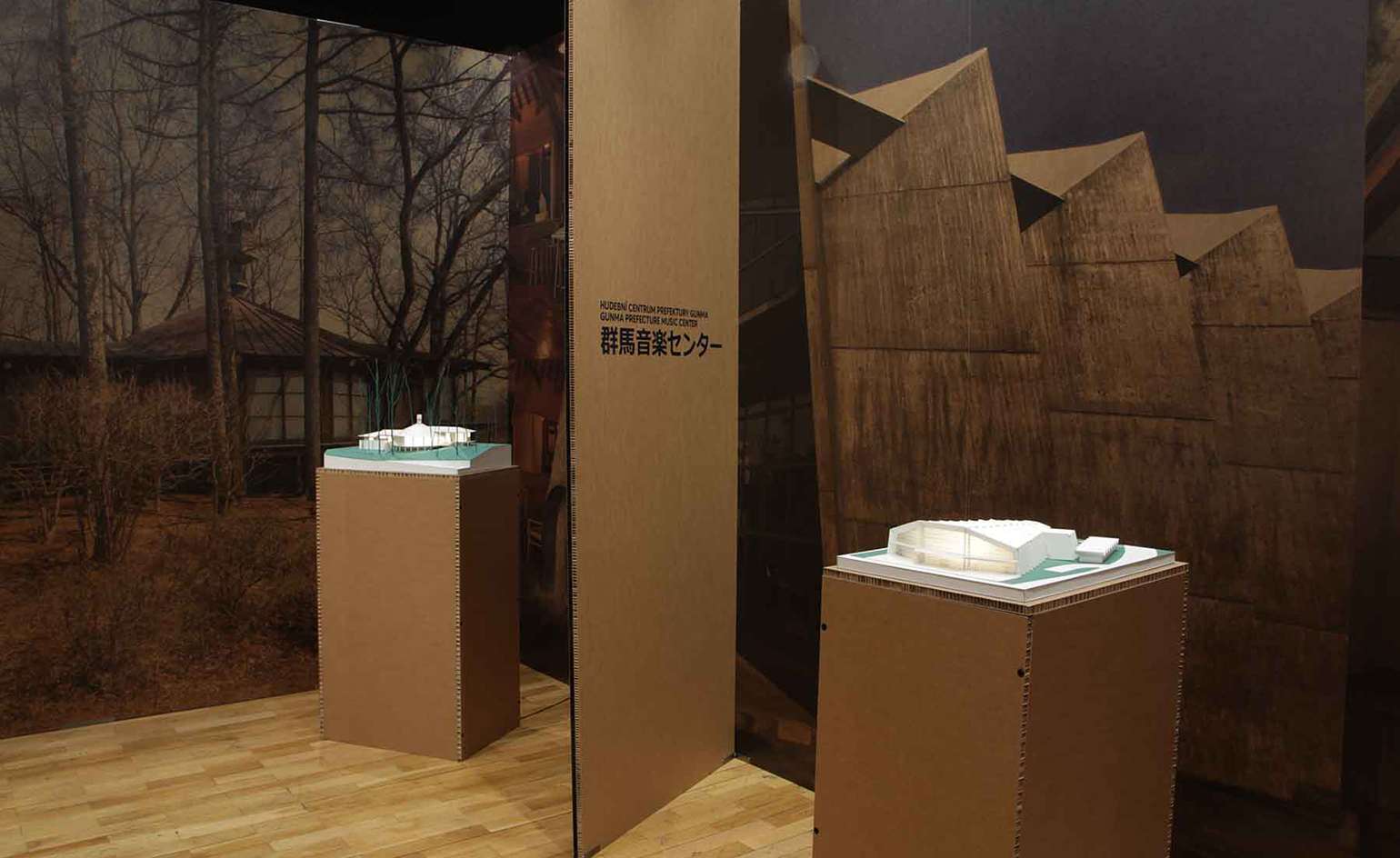
The show explores the architect’s long career through seven of his major works
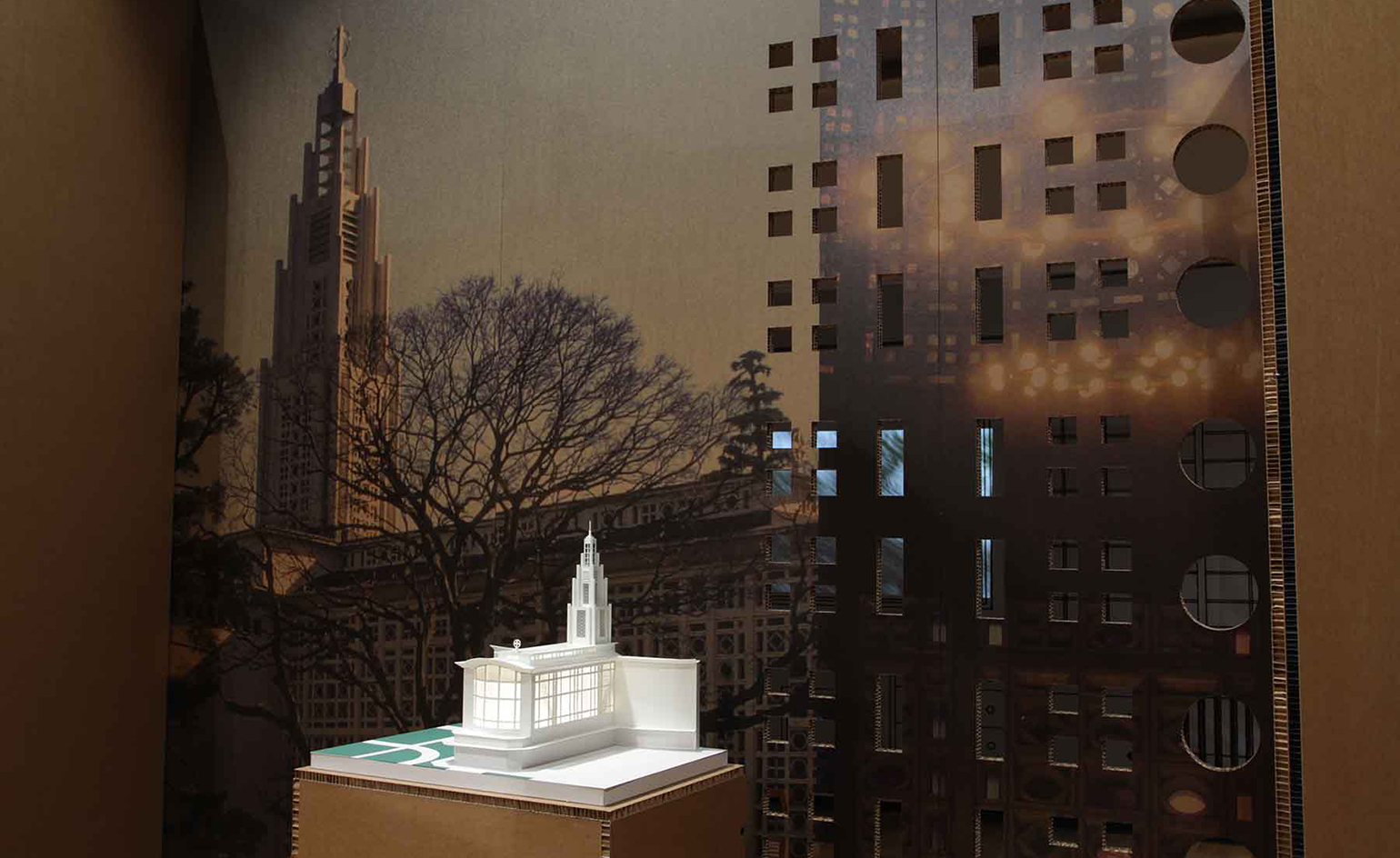
Curated by Irena Veverková and David Vávra, the exhibition is the result of research produced for a documentary series on Raymond’s work for the Czech Television
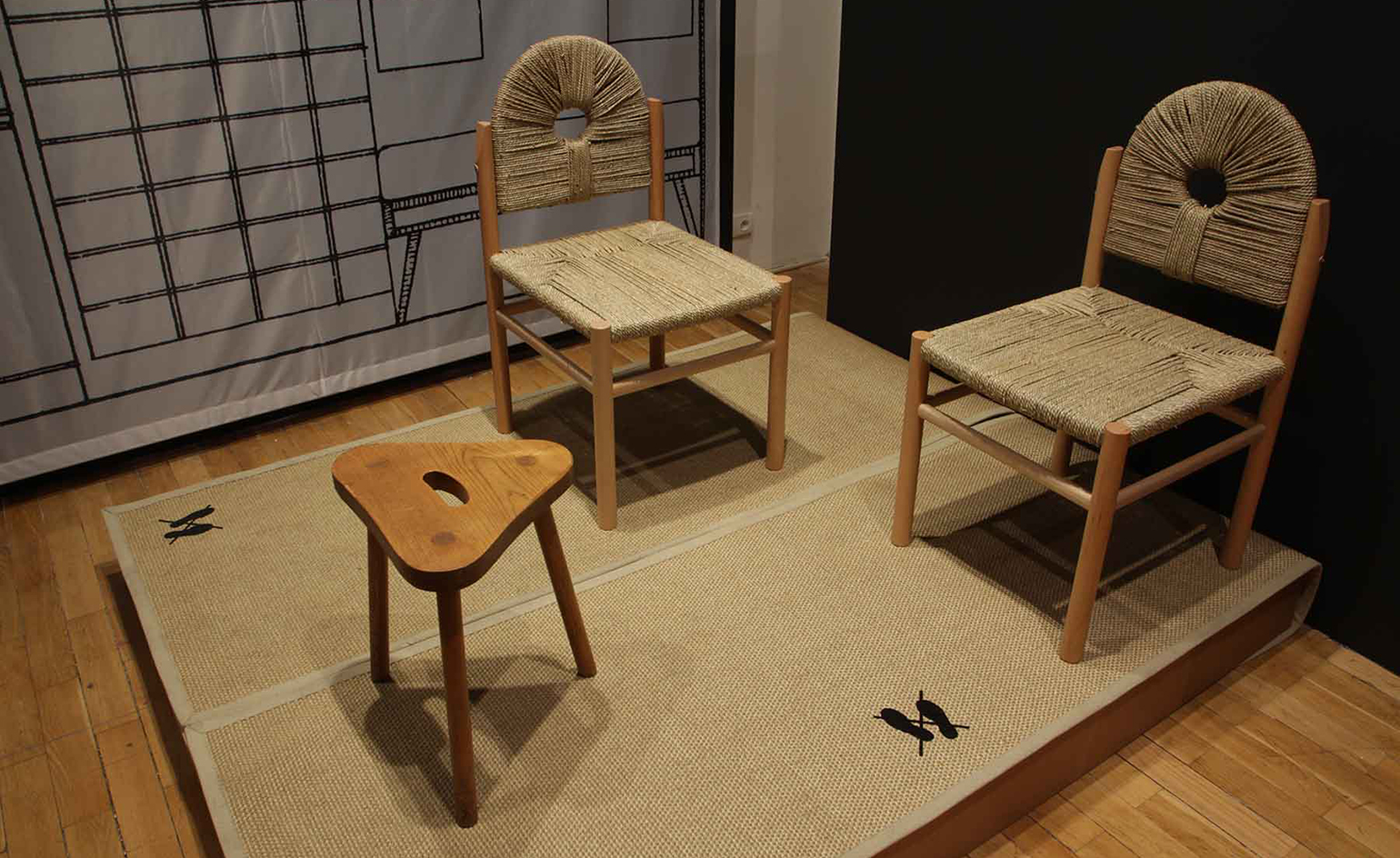
Featuring photography, models and video, the show also includes furniture replicas designed by Raymond and his wife, decorator and designer Noémi Raymond
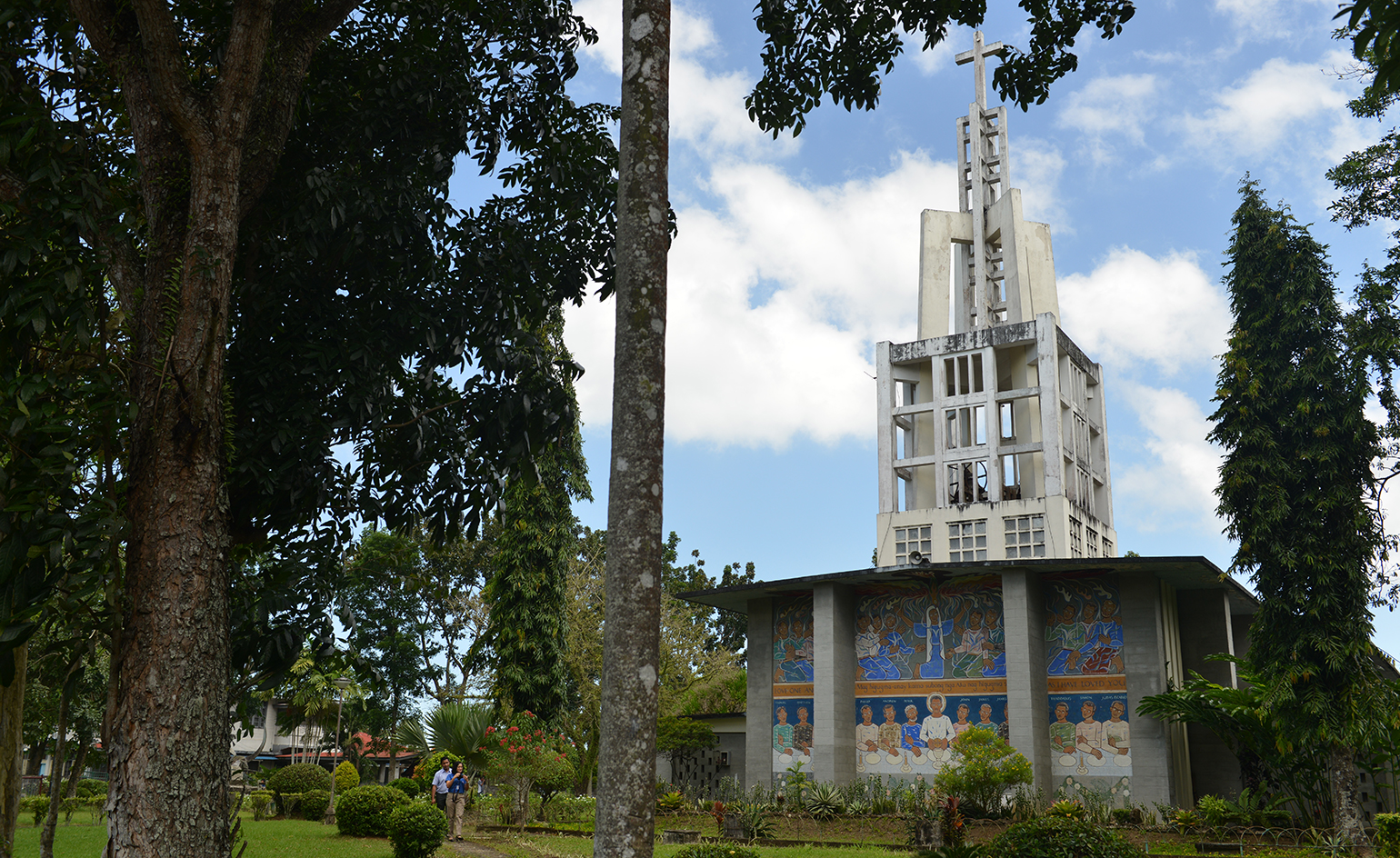
St. Joseph the Worker Church, Victorias City, Negros, The Philippines (1949)
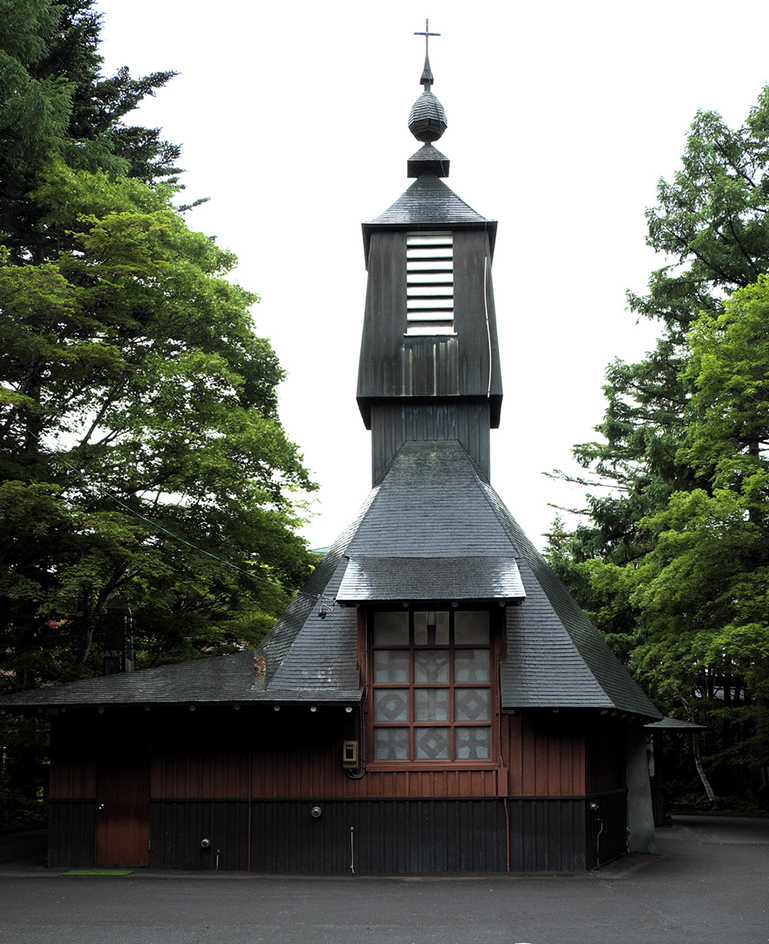
St Paul’s Church, Karuizawa (1933)
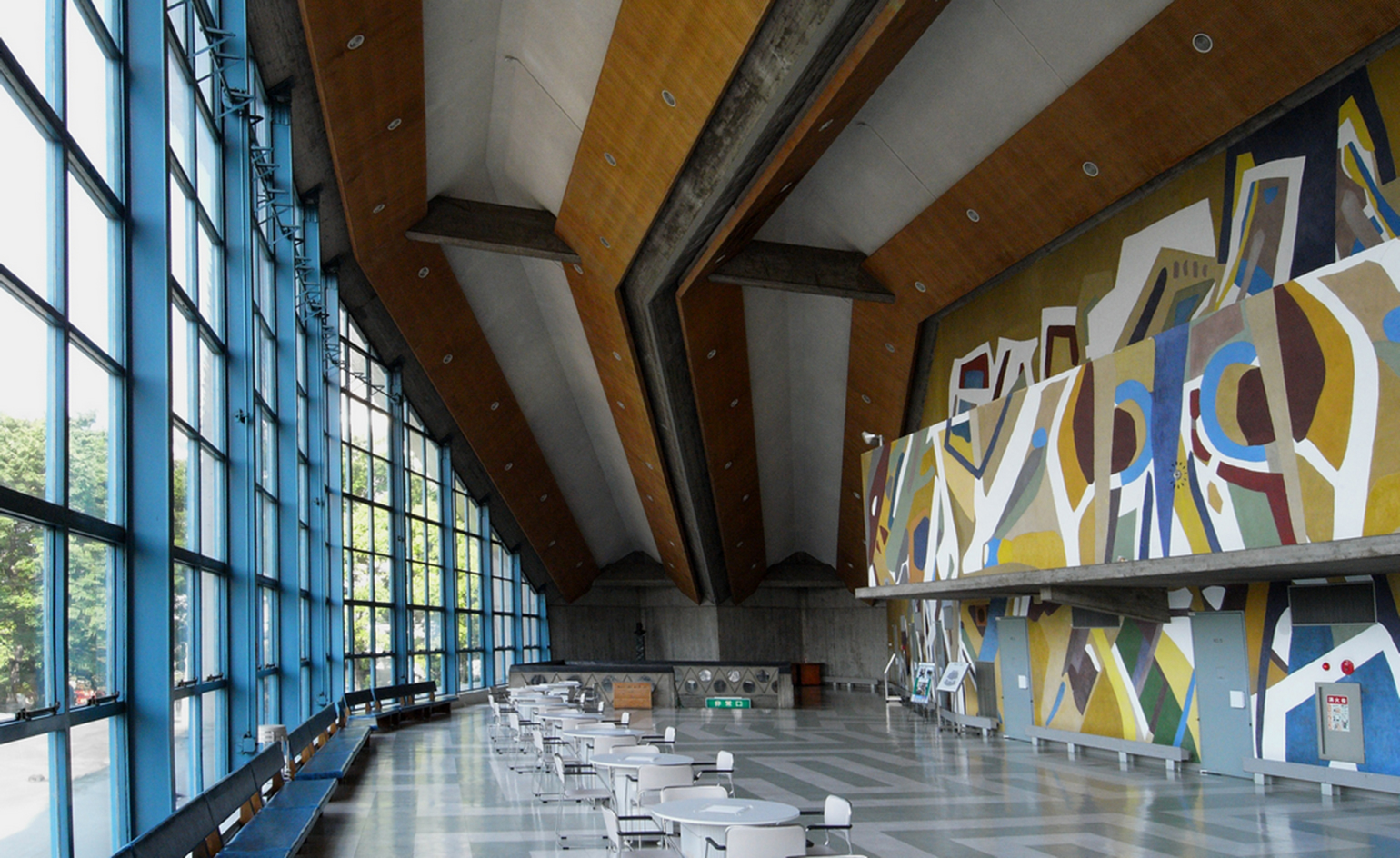
Gunmo Music Centre (1961)
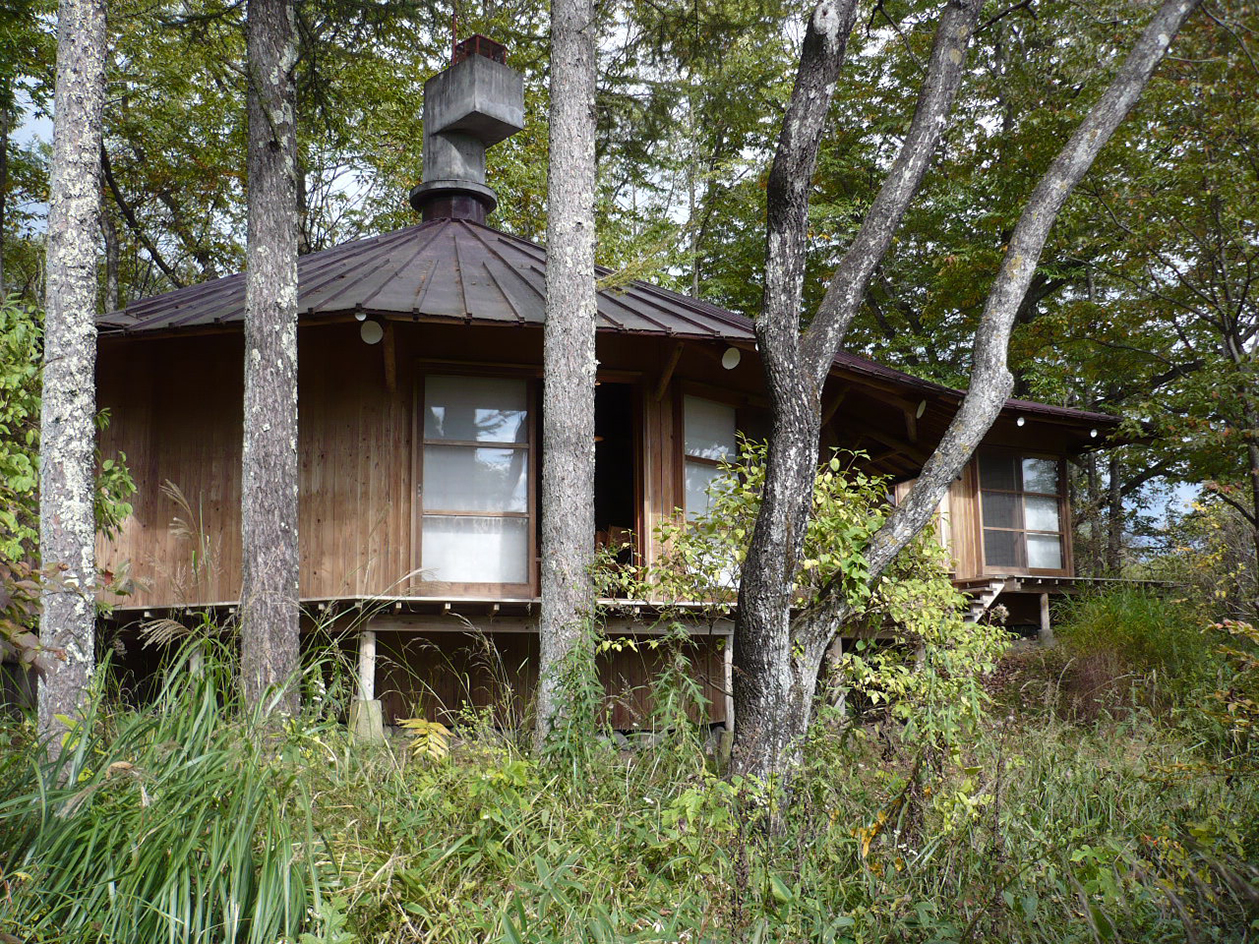
’Antonin Raymond 7x’ is on show till 6 December. Pictured: New Atelier, Kazuizawa (1962)
INFORMATION
’Antonin Raymond 7x’ is on show till 6 December 2015. For more information, please visit the Jaroslav Frágner Gallery website
Photography: Kazuyoshi Miyamoto, Jan Vytopil, David Vávra
ADDRESS
Receive our daily digest of inspiration, escapism and design stories from around the world direct to your inbox.
Betlémské náměstí
5a 110 00 Praha 1
Adam Štěch is an architectural historian, curator, writer and photographer, based in Prague. He is the author of books including Modern Architecture and Interiors (2006), editor of design magazine Dolce Vita and a contributor to titles including Wallpaper* and Frame, while also teaching at Scholastika in Prague.
-
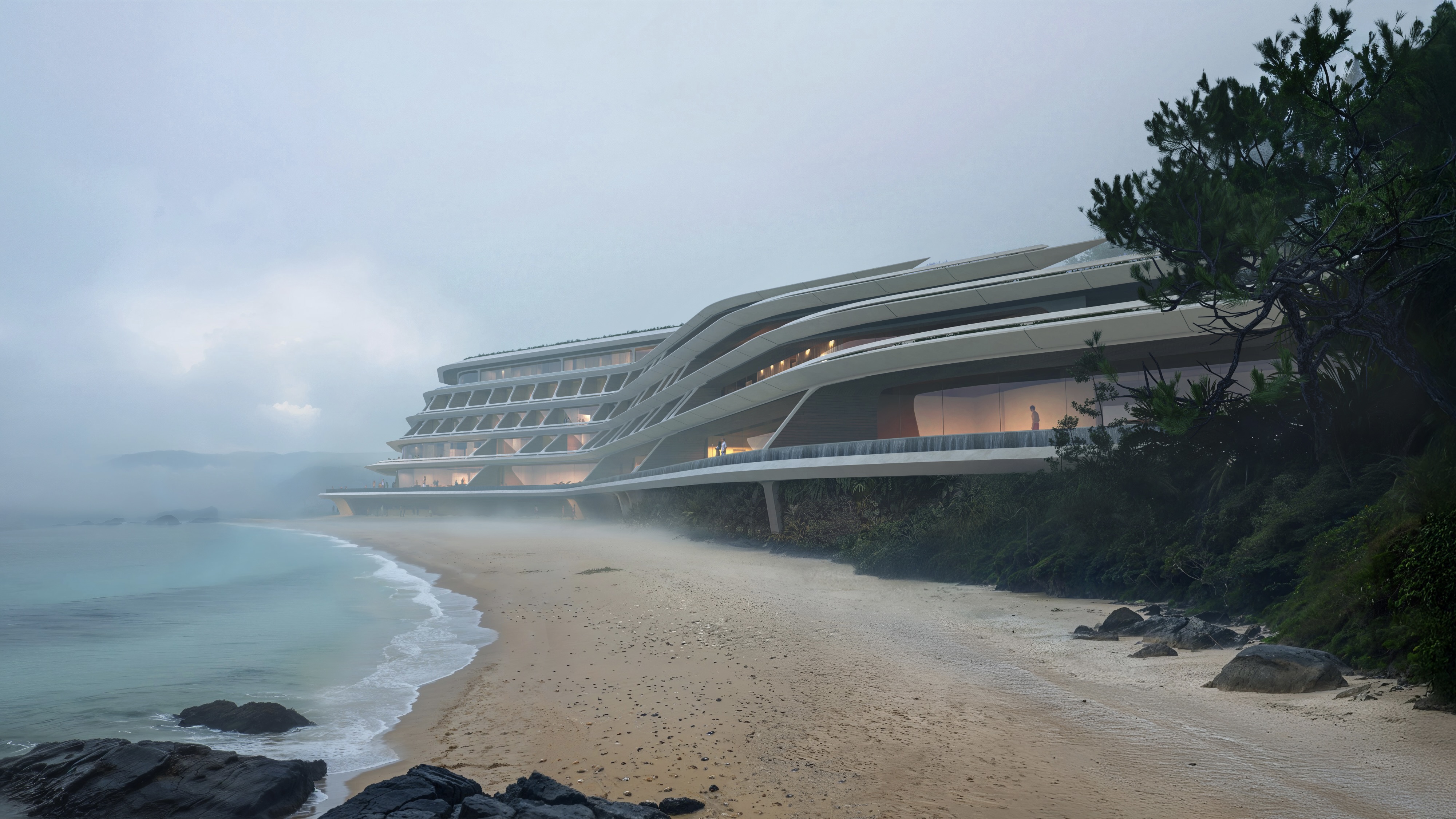 Curvilinear futurism meets subtropical beaches at Not A Hotel’s ZHA-designed Okinawa retreat
Curvilinear futurism meets subtropical beaches at Not A Hotel’s ZHA-designed Okinawa retreatZaha Hadid Architects has revealed the design for the first property in Not A Hotel’s futuristic new Vertex collection, coming soon to southern Japan
-
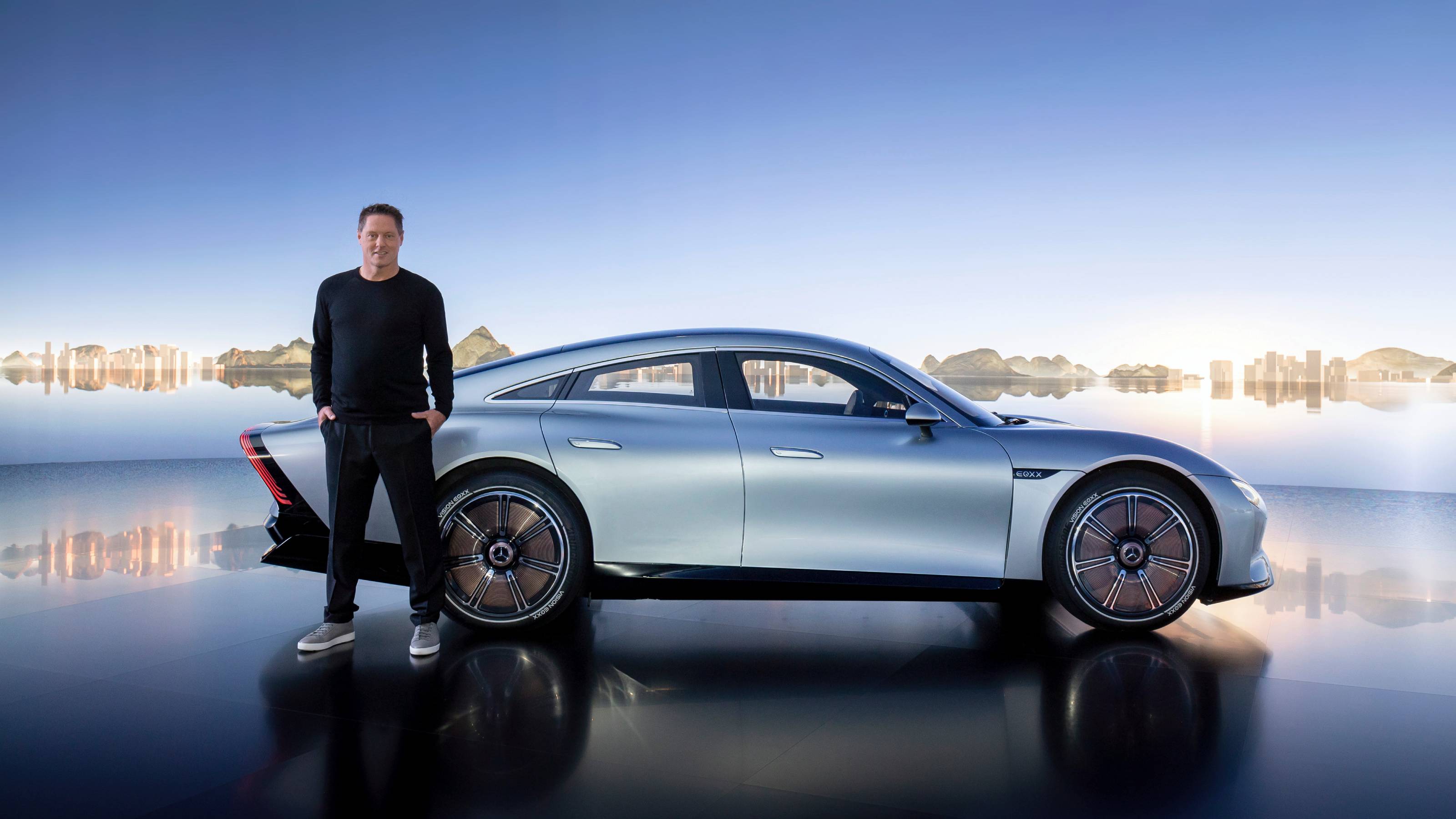 Gorden Wagener leaves the helm of Mercedes-Benz design after 28 years with the company
Gorden Wagener leaves the helm of Mercedes-Benz design after 28 years with the companyThe German designer is stepping down from the role of chief design officer at Mercedes-Benz. We look back at his influence and impact on the world of automotive and luxury design
-
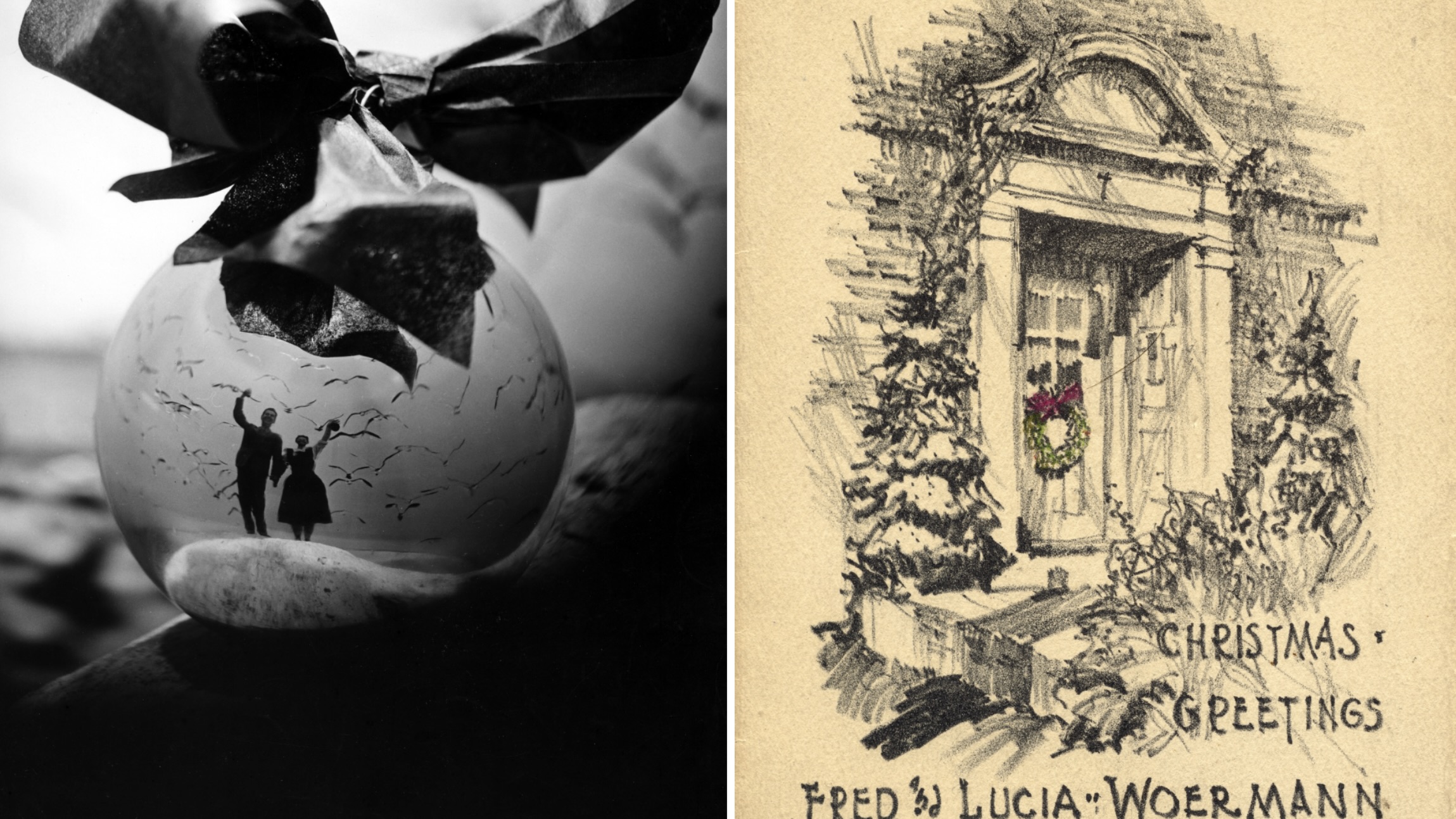 These Christmas cards sent by 20th-century architects tell their own stories
These Christmas cards sent by 20th-century architects tell their own storiesHandcrafted holiday greetings reveal the personal side of architecture and design legends such as Charles and Ray Eames, Frank Lloyd Wright and Ludwig Mies van der Rohe
-
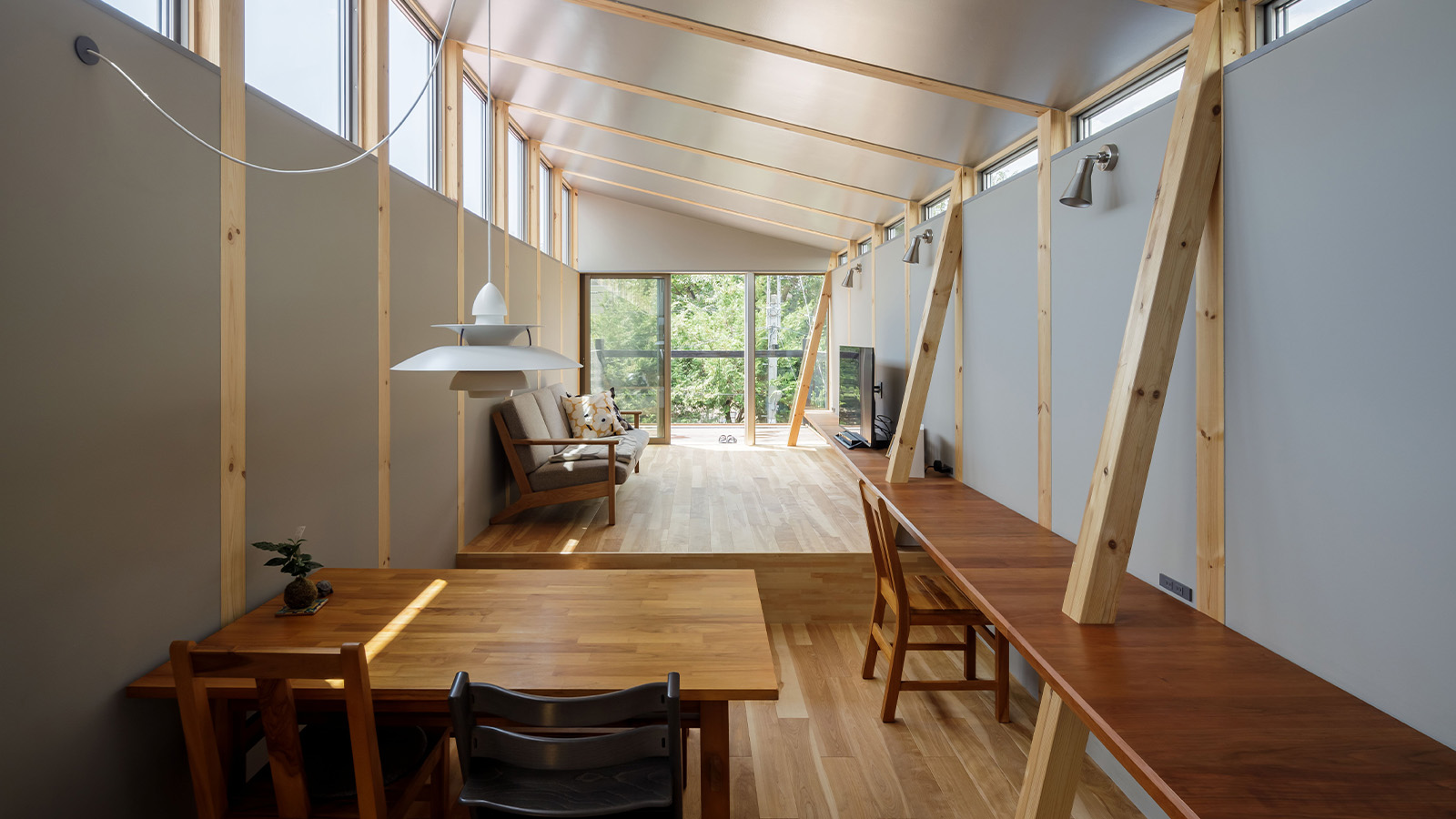 This Fukasawa house is a contemporary take on the traditional wooden architecture of Japan
This Fukasawa house is a contemporary take on the traditional wooden architecture of JapanDesigned by MIDW, a house nestled in the south-west Tokyo district features contrasting spaces united by the calming rhythm of structural timber beams
-
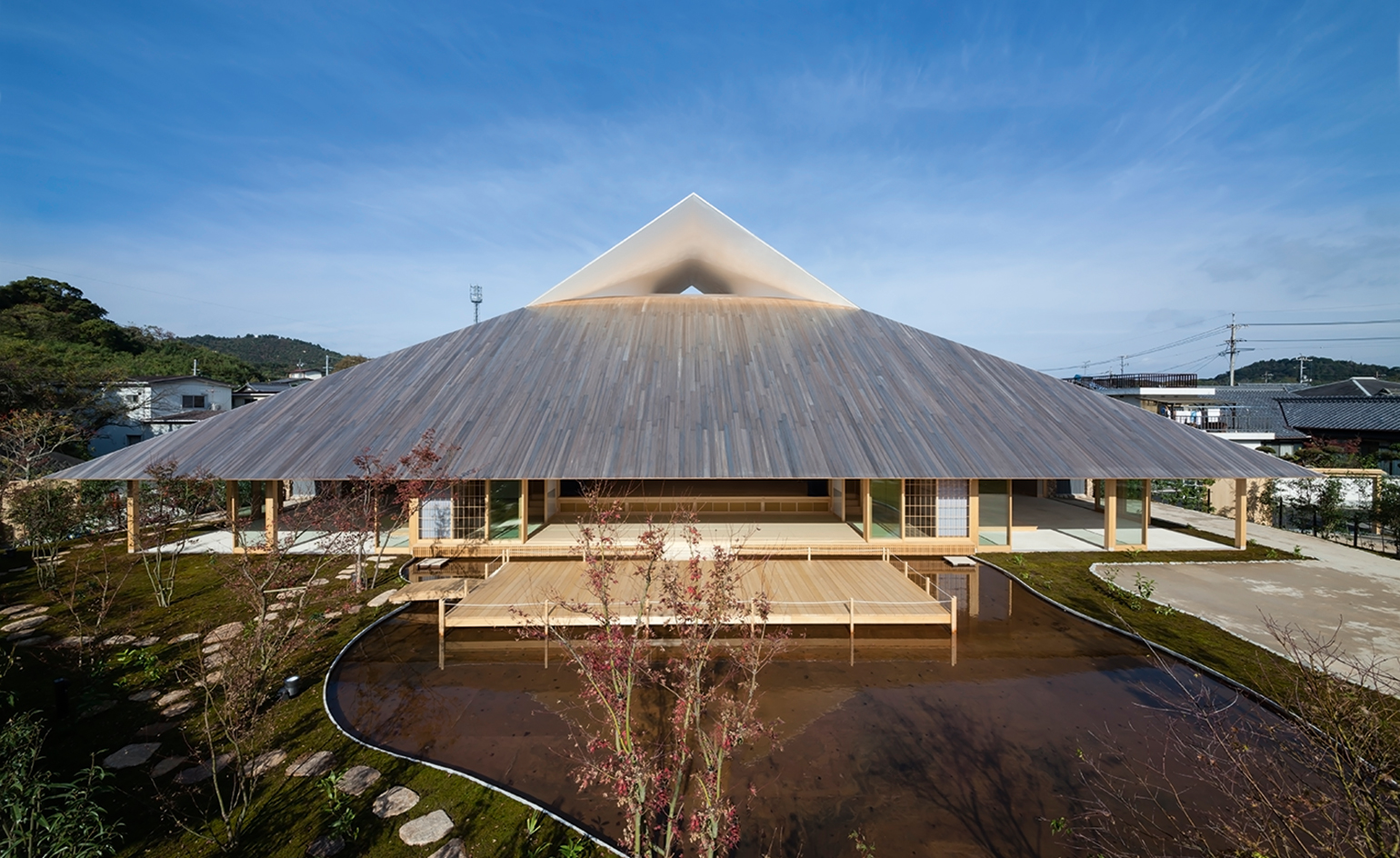 Take a tour of the 'architectural kingdom' of Japan
Take a tour of the 'architectural kingdom' of JapanJapan's Seto Inland Sea offers some of the finest architecture in the country – we tour its rich selection of contemporary buildings by some of the industry's biggest names
-
 The Architecture Edit: Wallpaper’s houses of the month
The Architecture Edit: Wallpaper’s houses of the monthFrom wineries-turned-music studios to fire-resistant holiday homes, these are the properties that have most impressed the Wallpaper* editors this month
-
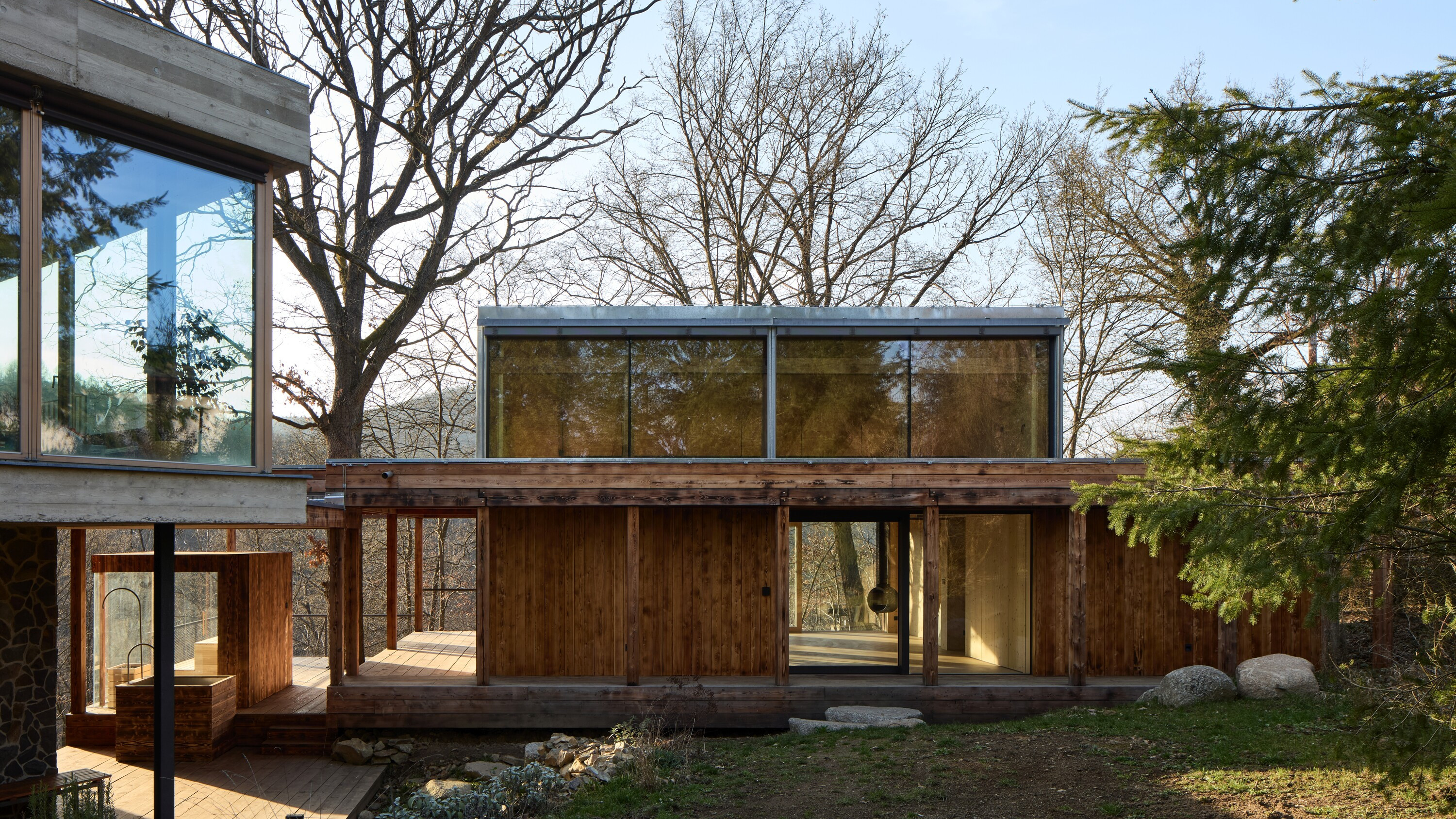 A new timber studio in the Czech Republic is carefully integrated into its hillside site
A new timber studio in the Czech Republic is carefully integrated into its hillside sitePäivä Architekti’s Czech Studio Above the Golden Canyon takes advantage of impressive views
-
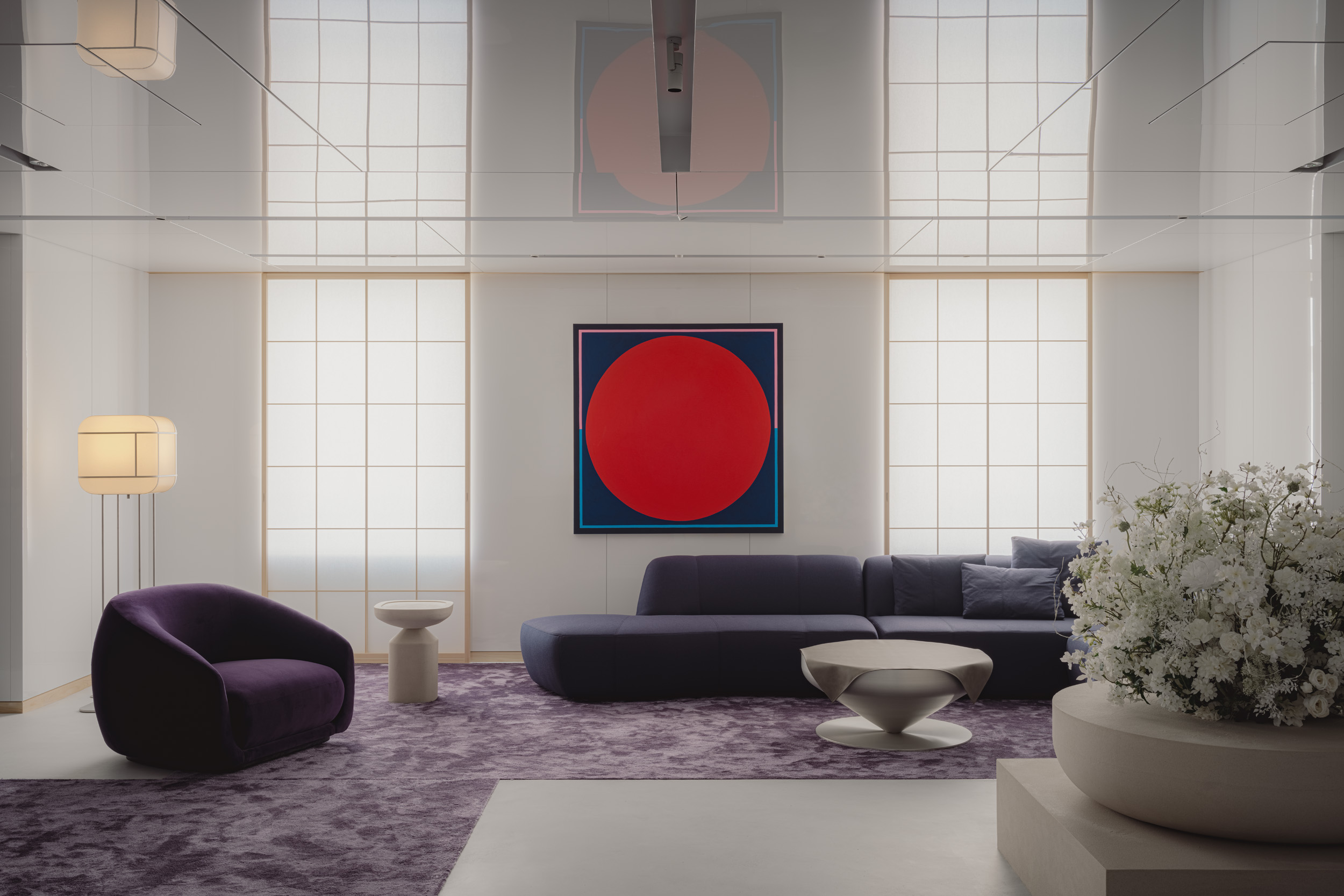 Matsuya Ginza lounge is a glossy haven at Tokyo’s century-old department store
Matsuya Ginza lounge is a glossy haven at Tokyo’s century-old department storeA new VIP lounge inside Tokyo’s Matsuya Ginza department store, designed by I-IN, balances modernity and elegance
-
 The Architecture Edit: Wallpaper’s houses of the month
The Architecture Edit: Wallpaper’s houses of the monthThis September, Wallpaper highlighted a striking mix of architecture – from iconic modernist homes newly up for sale to the dramatic transformation of a crumbling Scottish cottage. These are the projects that caught our eye
-
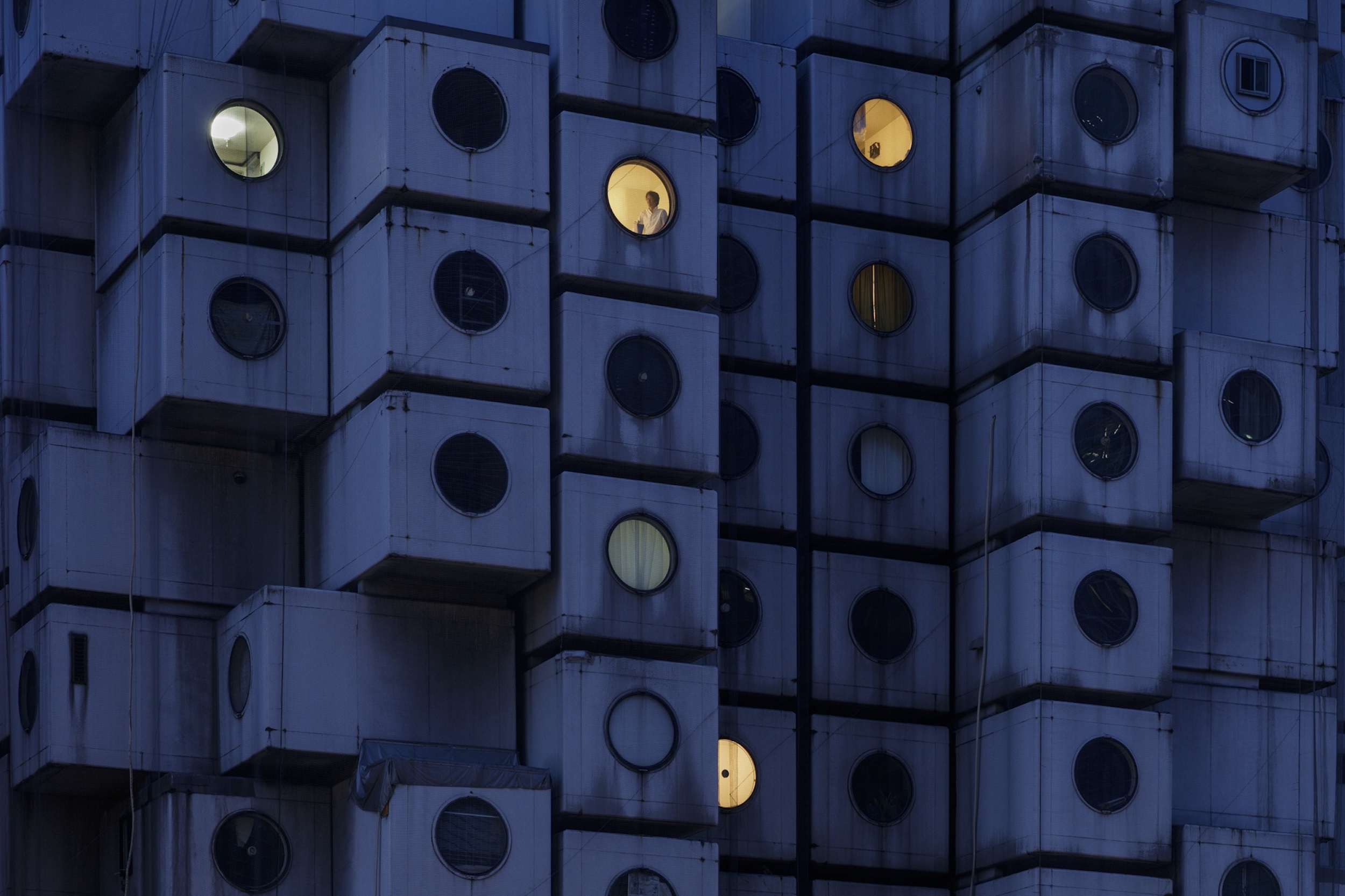 Utopian, modular, futuristic: was Japanese Metabolism architecture's raddest movement?
Utopian, modular, futuristic: was Japanese Metabolism architecture's raddest movement?We take a deep dive into Japanese Metabolism, the pioneering and relatively short-lived 20th-century architecture movement with a worldwide impact; explore our ultimate guide
-
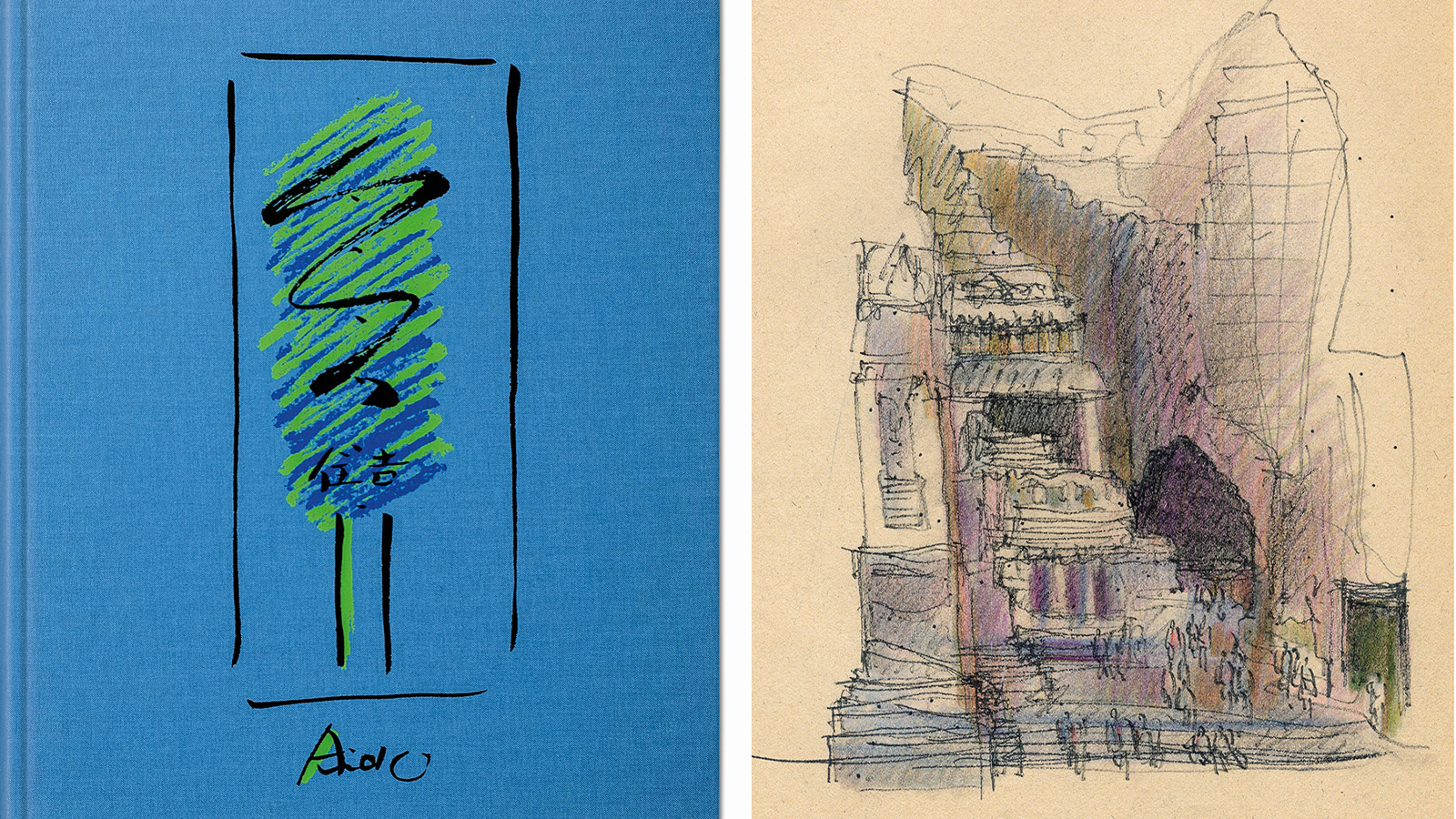 A new Tadao Ando monograph unveils the creative process guiding the architect's practice
A new Tadao Ando monograph unveils the creative process guiding the architect's practiceNew monograph ‘Tadao Ando. Sketches, Drawings, and Architecture’ by Taschen charts decades of creative work by the Japanese modernist master